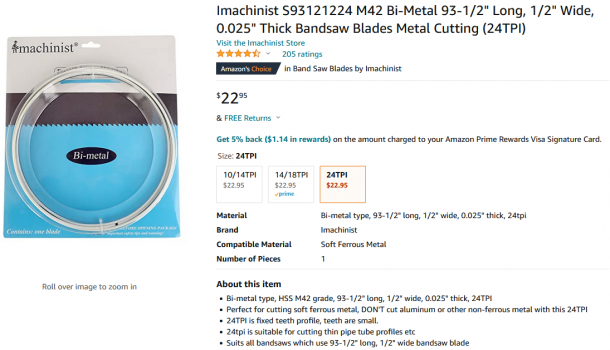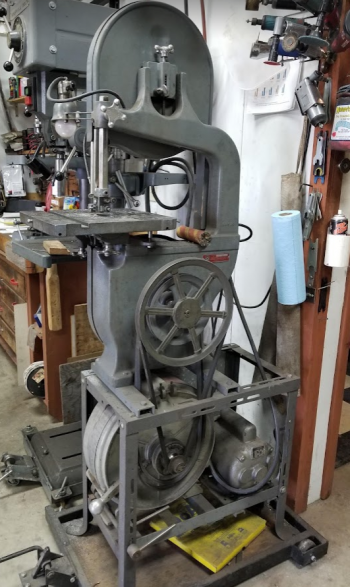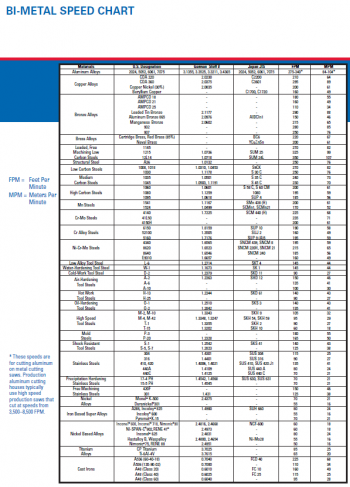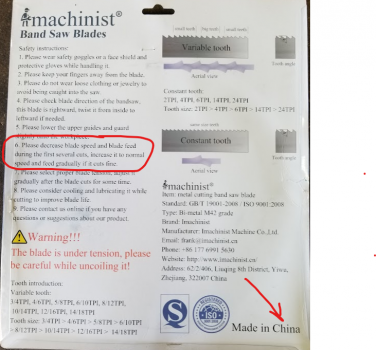MTBob
Well-Known Member
I typically use a 14 tooth bandsaw blade for general metal cutting (and most anything else). But, a 14 TPI blade is not designed to cut .080" steel knife blanks. It'll cut OK, for a while, until the teeth begin to disintegrate. I've always used the general rule that there needs to be a minimum of 3 teeth contacting the work (I often violate that rule). But, cutting thin material with too low a tooth count will wreck the blade and is hard to control the cut.
So, I tried out this 24 TPI bimetallic blade on some .080 26C3 and first impressions are that it works well. It's kind a like a hacksaw blade, including a wavy edge for added kerf clearance. It sure beats using a 14 TPI blade.
We'll see how long this lasts.

So, I tried out this 24 TPI bimetallic blade on some .080 26C3 and first impressions are that it works well. It's kind a like a hacksaw blade, including a wavy edge for added kerf clearance. It sure beats using a 14 TPI blade.
We'll see how long this lasts.




